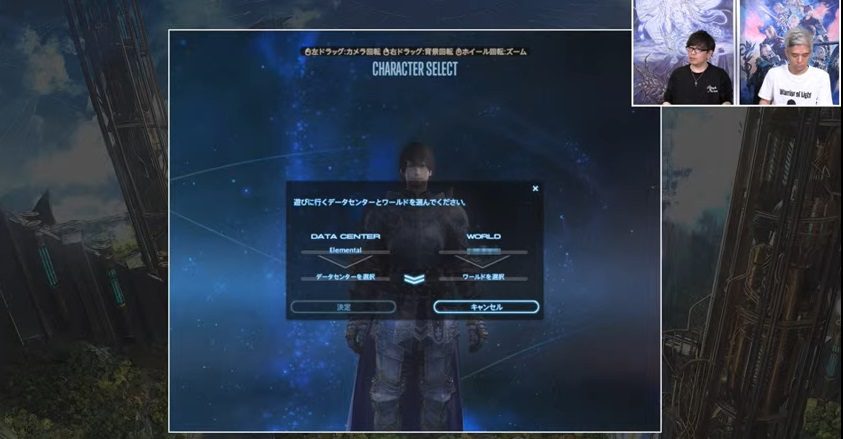It’s coming as part of patch 6.18
Finally, Final Fantasy XIV data center travel is coming in patch 6.18: the developers confirmed it themselves in the recent producer live letter!
The gist is that you’ll be able to “guest” as “travelers” in other servers across the same data center. You’ll queue this process up from the character select screen, then zoom into another server with the purpose of completing duties.

Here are the main tenets of the Final Fantasy XIV data center travel system:
- You can travel within the same data center: so from Japan to Japan, North America to North America, Europe to Europe, and Oceanian to Oceanian (if you need a reminder of how all the servers are broken down, you can find the full list here)
- To queue up the process, you’ll do it at the character select screen, which will put you into that other server as a traveler (with the <traveler> tag above your head) – after that you’ll go back to the title screen for a countdown; it cannot be canceled, and you need to repeat the process to go back to your “home” server (you can see what the menu looks like above for this part)
- The main purpose is to “challenge duties from players from those data centers” (so expand your static and raid groups)
- Limitations include restrictions for free company chat, cross-world linkshell chat, PVP teams, and the same restrictions as the world visit system
All of this is coming in patch 6.18, which will be released sometime after the “mid-April” patch 6.1. It’s basically an extra mini-patch on top of the content drops and advancements that 6.1 is going to make. You can find the discussion on data center travel at 2:13:32 into the broadcast.
And in light of this, Square Enix is increasing the limit for simultaneous logins for the Japan data center, as well as increasing the number of data centers in that region from three to four (the new one is Meteor), with a regrouping process coinciding with all that. The team notes that there will be a “total increase of a over 50,000 login limit” across the entire Japanese data center. This particular implementation is dated for July 2022.













Published: Mar 4, 2022 01:30 pm